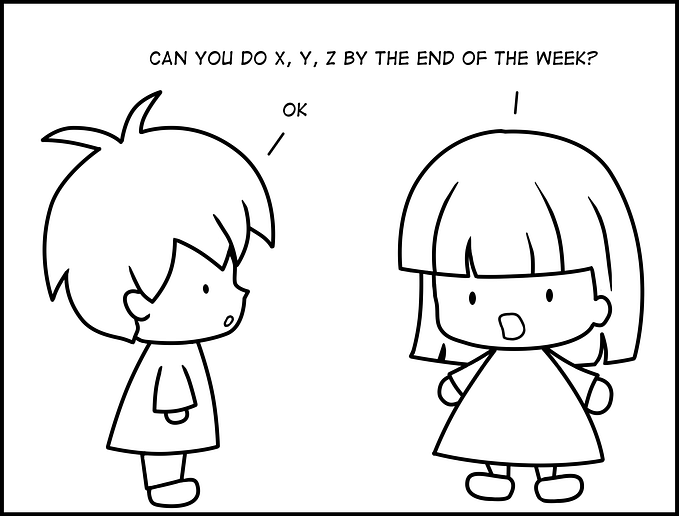How Good Service Design Can Boost Sales

The market is full of tech tools designed solely to help sales departments and representatives make more, quicker and higher value sales. From customer journey tracking apps to up-selling prompts, someone has designed something, which might boost your company’s sales. Except, for the most part, these tools don’t appear to offer any significant advantages. Despite the broad investment, these tools don’t seem to have much effect on the bottom line. But why is this?
One possible reason is the sales rep’s reluctance to use the tools. When surveyed, many feel these tools are too many in number, that they are there to track results rather than help with sales and that they are not fit for purpose i.e. not suitably customized. Being overwhelmed by tools added to an uncertainty about their value is bound to drive down use uptake.
Another reason is that sales is still a person-centric activity. As the old saying goes, “People buy people.” There is a range of soft skills and situational variables which make it hard to change this into an automated process. This is why sales teams across all industries are still a growth area. Replacing the human touch when it comes to sales is hard. And while most sales no longer occur via person-to-person contact, either over the phone or face-to-face, a sales narrative still occurs.
“To make sure sales tools can work effectively, all elements of the customer journey need to be calculated.”

Naturally, from a service design perspective, several things become apparent. Firstly, who is the client here? It looks like the company, but it’s the individual sales rep who acts as a viaduct between the tool and the result. This means, when we talk about mapping the customer journey, it is the sales rep’s journey we should be concentrating on. One of the great advantages of service design is its human-centered approach to customer journey mapping. Once a customer journey is mapped out, it helps us understand what the individual goes through — in turn this makes the designed process seamless as possible.
Sales teams are notoriously tough customers to impress and with good reason. Many sales reps make more than their salary in bonuses alone and are willing to put in long hours to meet their quotas. On one hand, they don’t want to waste their time fiddling with new technology unless they are convinced it will improve their sales. So just how can you introduce potentially game-changing systems and tools?
As with any client and a new piece of innovative technology, you need to make using the tool easier than not using it. In their daily lives, with iPhones, Satnavs and Twitter, sales reps expect intuitive functions and ever-present access. The benefits also need to be obvious — after all, these are sales reps, they sell for a living and are aware of the persuasive language used to convince and influence.
This is best accomplished by making a tool clearly specific to their industry and the services provided by the sales rep. To do this, the tool needs to understand the sales process and support the rep as they engage with customers. It needs to mirror the behavior of the trainer who sat beside the rep when they were a junior — who scribbled key data on a pad of paper while the rep talked. That is, it could display highly personalized product information, customer data, and recommendations — while not overloading the screen.
“…these tools need to be designed through the eyes of the rep to match the rhythm of the sales rep’s engagement with the buyer.”
And like this early training experience, the tool needs to be flexible enough to allow the rep to make their decisions. Too many script-based tools become useless as soon as the rep diverges. Supporting personalized guided selling requires a degree of flexibility. And this can only be achieved with deep research into the sales process of the rep. Essentially, these tools need to be designed through the eyes of the rep to match the rhythm of the sales rep’s engagement with the buyer. Once this tool exists, and these busy people are convinced it is not just a tracking device, they will begin to use it.
If this happens, the benefit to the company could be tremendous. Across industries, improving sales force performance has a real impact on the bottom line, delivering a 5 to 10% lift in revenue. This is because sales reps are already highly motivated team members. Any evidence tools can enhance their performance works as a pull-based strategy. And by using service design principles on this part of the sales supply chain real benefits can be reaped.










